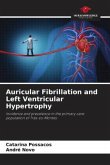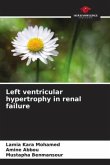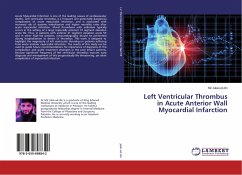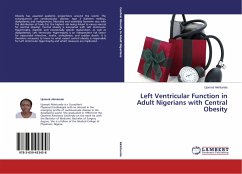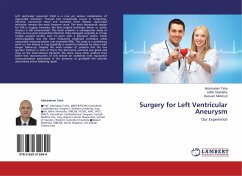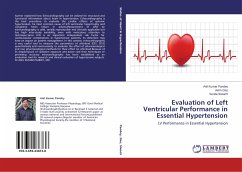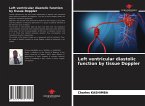High shear stresses and shear rates in left ventricular assist devices (LVADs) make endothelialization of the LVAD difficult and likely contribute to cleavage of large von Willebrand factor multimers and resulting bleeding problems in patients. To better understand shear in a centrifugal LVAD, flow was simulated using finite volume and computational fluid dynamics (CFD) analysis. The k- model simulated turbulence and sliding meshes were used to model the movement of the impeller. CFD results showed high-shear backflows in the radial gap between the impeller and the volute wall, but residence times in this region were under 5ms. It is unclear if this is sufficient to cleave VWF, and more study is necessary to determine if other areas in the LVAD have potential for VWF cleavage. Although the walls near the outlet experience low shear stress and may be good candidates for endothelialization, shear stresses above 20-30Pa on all other walls of the pump make the possibility of endothelial cell growth elsewhere in the LVAD unlikely. An LVAD designed specifically to have low shear may be a better candidate for endothelialization.


